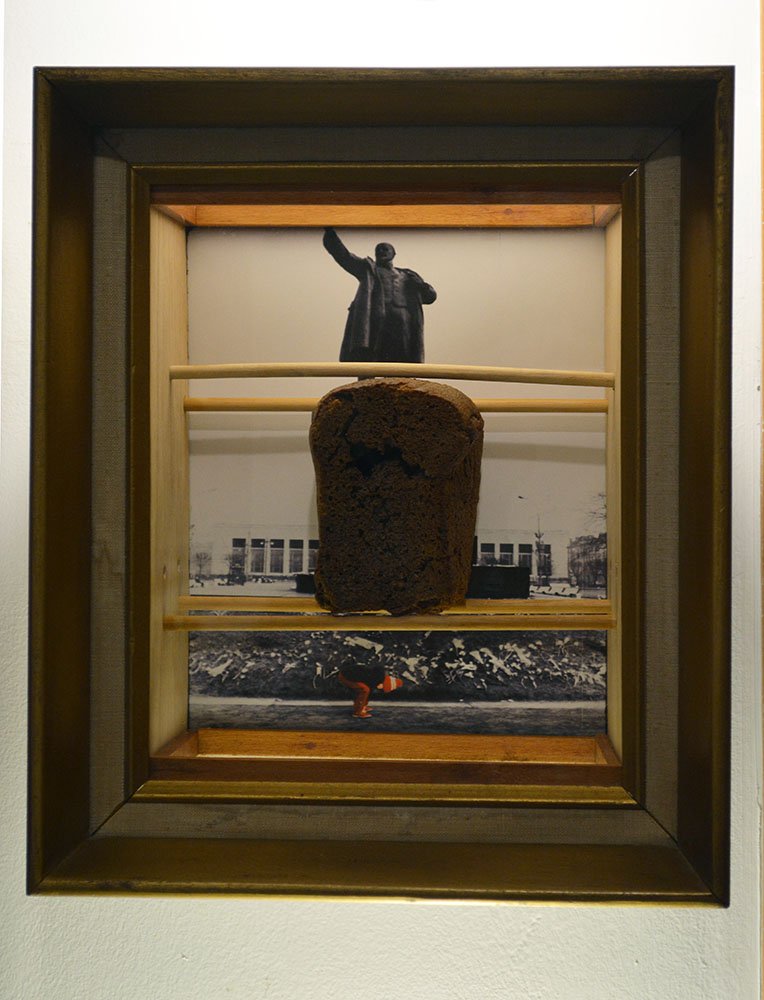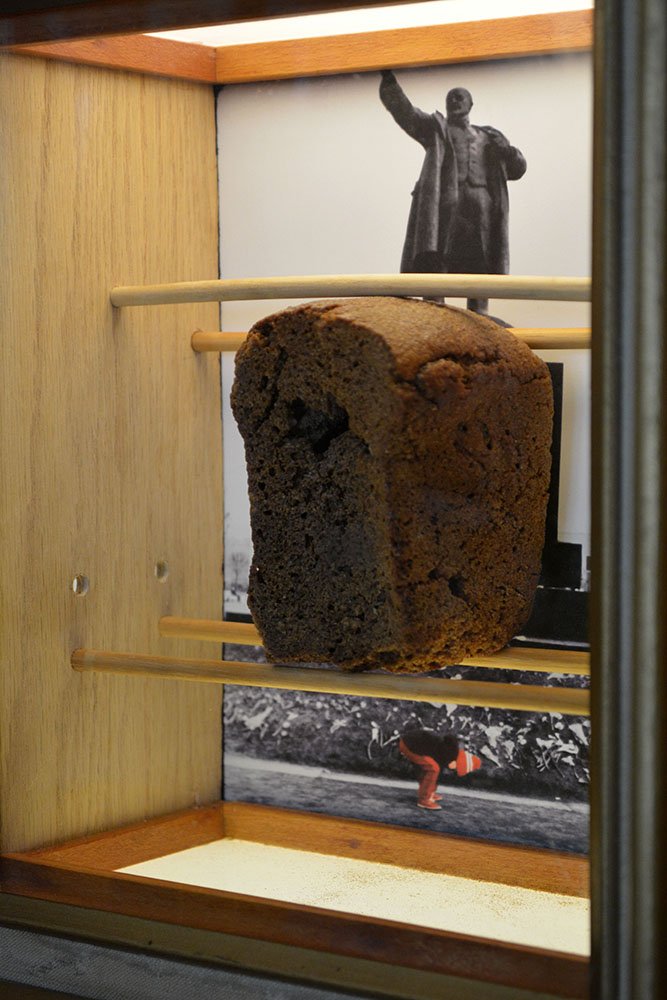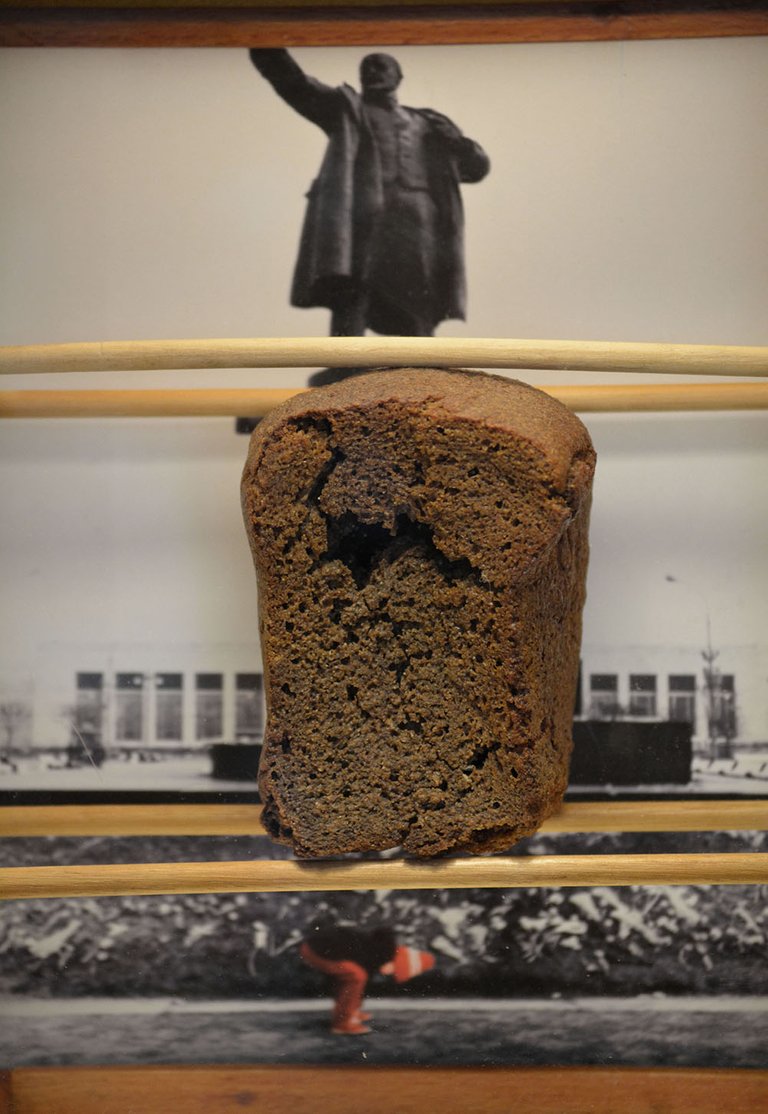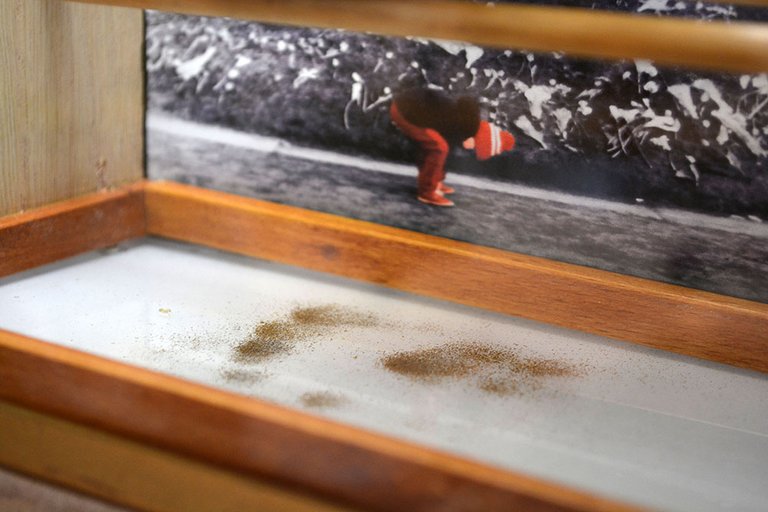Russian black bread is the stuff of legend. It is said that under the Nazi siege of the City of Leningrad (now St. Petersburg, again) residents had little more than black bread to eat for almost three and a half years. But what sustained a nation in its darkest hour is also symbolic of its ultimate disintegration.
In April 1984 I accompanied my uncle Felix, a documentary filmmaker, to Leningrad. He was on a personal mission to bring a 16mm sound camera and film to a dissident Russian Jewish filmmaker. How we got to him is another story but we succeeded and he was extremely happy.
It was the time of Glasnost and Perestroika and Gorbachev. Like most northern cities at the end of winter, Leningrad, the Venice of the North, was quite bleak. There was a frigid wind off the Baltic Sea. The streets were largely empty.
During our stay, we went hunting for food and after much wandering, we finally stumbled upon a bakery, which we would have missed entirely if not for the aroma escaping the front door for there were no outward signs at all that there might be bread found within. We bought two loaves of black bread and this crumbling half-loaf is what remains. Although well soaked with varnish, over the years it has been eaten away inside by whatever eats stale bread and it continues its ongoing disintegration.
It is, I think, a fitting symbol of the inner moral rot that brought the evil empire of Soviet Communism, a totalitarian system that immiserated and slaughtered countless millions, to its ignominious end. Sadly this sort of system continues to oppress billions in China, North Korea, Venezuela, Albania, and beyond and now threatens to overtake the West as well. But that is for another post.
Materials: black bread, photograph, wood, plywood, Plexiglas, frame, lamp
Dimensions: 13 x 11 x 6in / 33 x 28 x 15cm
2020
More on: Leningrad Loaf c.1984



